STM
Progress in Postdoc Works
I have been focusing on the study of 2D quantum materials, specifically 2D Transition Metal Dichalcogenides (TMDs), including \(TaS_2\), \(NbS_2\), and \(VS_2\). These Van der Waals layered materials exhibit promising properties such as superconductivity, charge density waves, and Moiré phenomena.
During my Ph.D., I studied superconducting bulk materials, and now I am gaining more experience in the physics of few-layer materials. TMDs provide an excellent platform for this research, and I am also advancing my skills in scanning tunneling microscopy (STM). Recently, I have been using STM to explore CVD-grown \(TaS_2\) with spiral structures.
▲ STM is a powerful tool for imaging and analyzing the physical properties of surfaces at the atomic scale. By measuring the quantum tunneling current between a sharp conductive tip and a sample surface, STM provides atomic-resolution insights into both the topography and electronic structure of materials. STM can be used to study the local density of states (LDOS) and various local physical properties. The I-V curve can directly analyze the conductivity of materials. (Click to enlarge)
▲ I have learned to use standard Si(111) to calibrate STM. (Click to enlarge)
▲ I have experience in maintaining UNISOKU's STM USM-1400. (Click to enlarge)
▲ The surface image of spiral layered \(TaS_2\) (left) and the I-V curve (right) at 77K. The I-V curve demonstrates the gap nature of \(TaS_2\), possibly Mott gap. (Click to enlarge)
▲ Surface topography of spiral-layered \(TaS_2\) (left) and its I-V curve at 77K (right). The I-V curve reveals the material's energy gap characteristics, which may be a Mott gap. (Click to enlarge)
▲ I think this is an impressive image that demonstrates the crossover from the stoichiometric phase (left) to the non-stoichiometric phase of \(TaS_2\) (right). This is the powerful of CVD growth method that can fine-tune the chemical composition and provide a fruitful platform for physical researches! (Click to enlarge)
Originally written in Chinese by the author, these articles are translated into English to invite cross-language resonance.

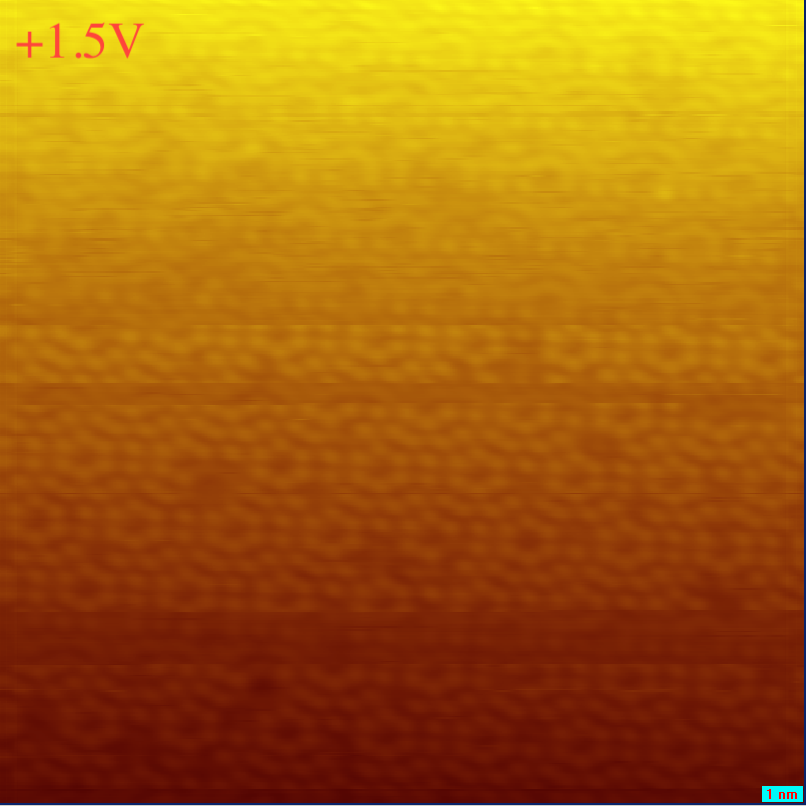
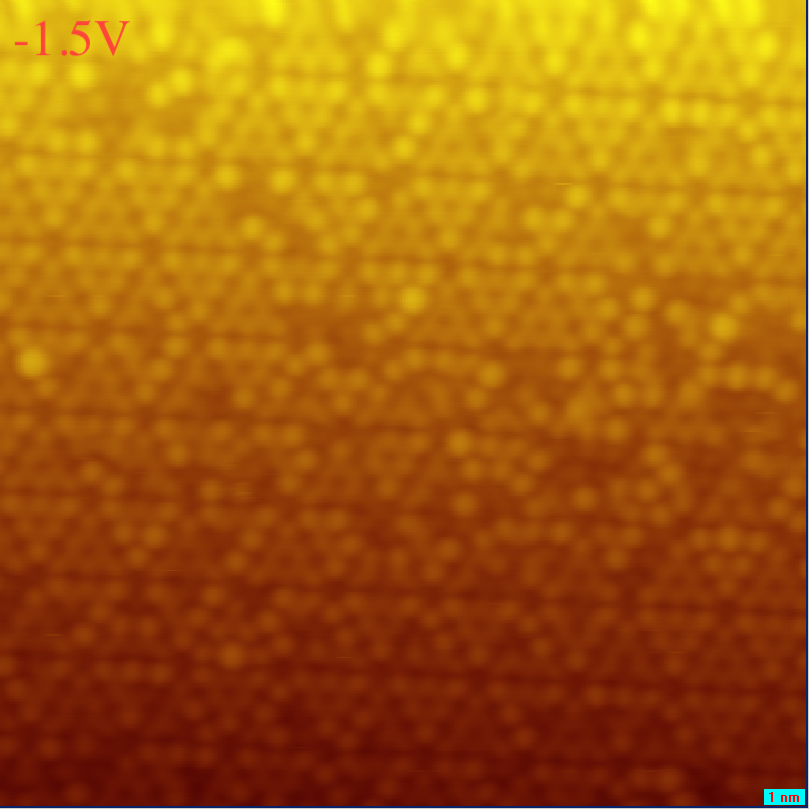
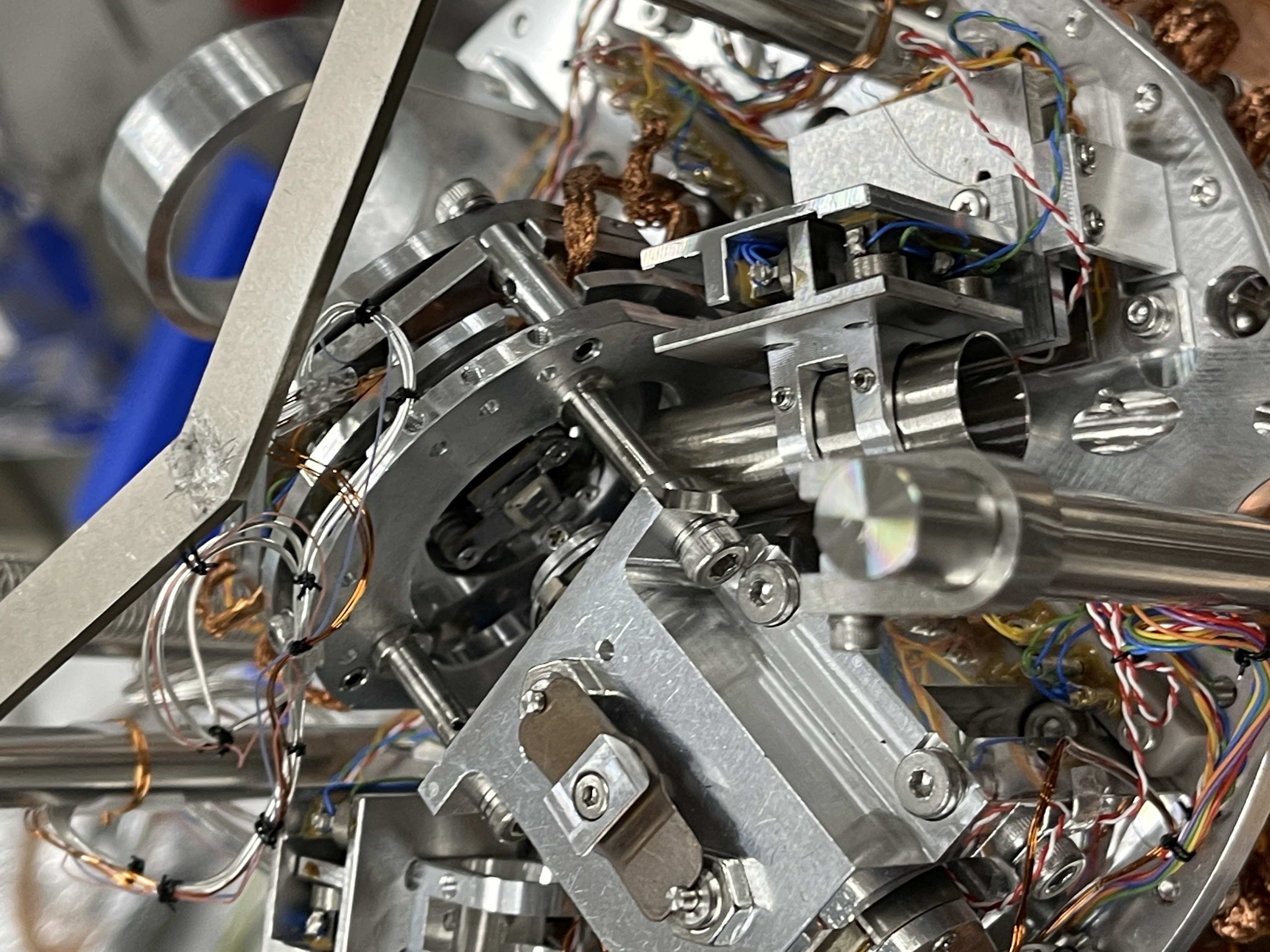
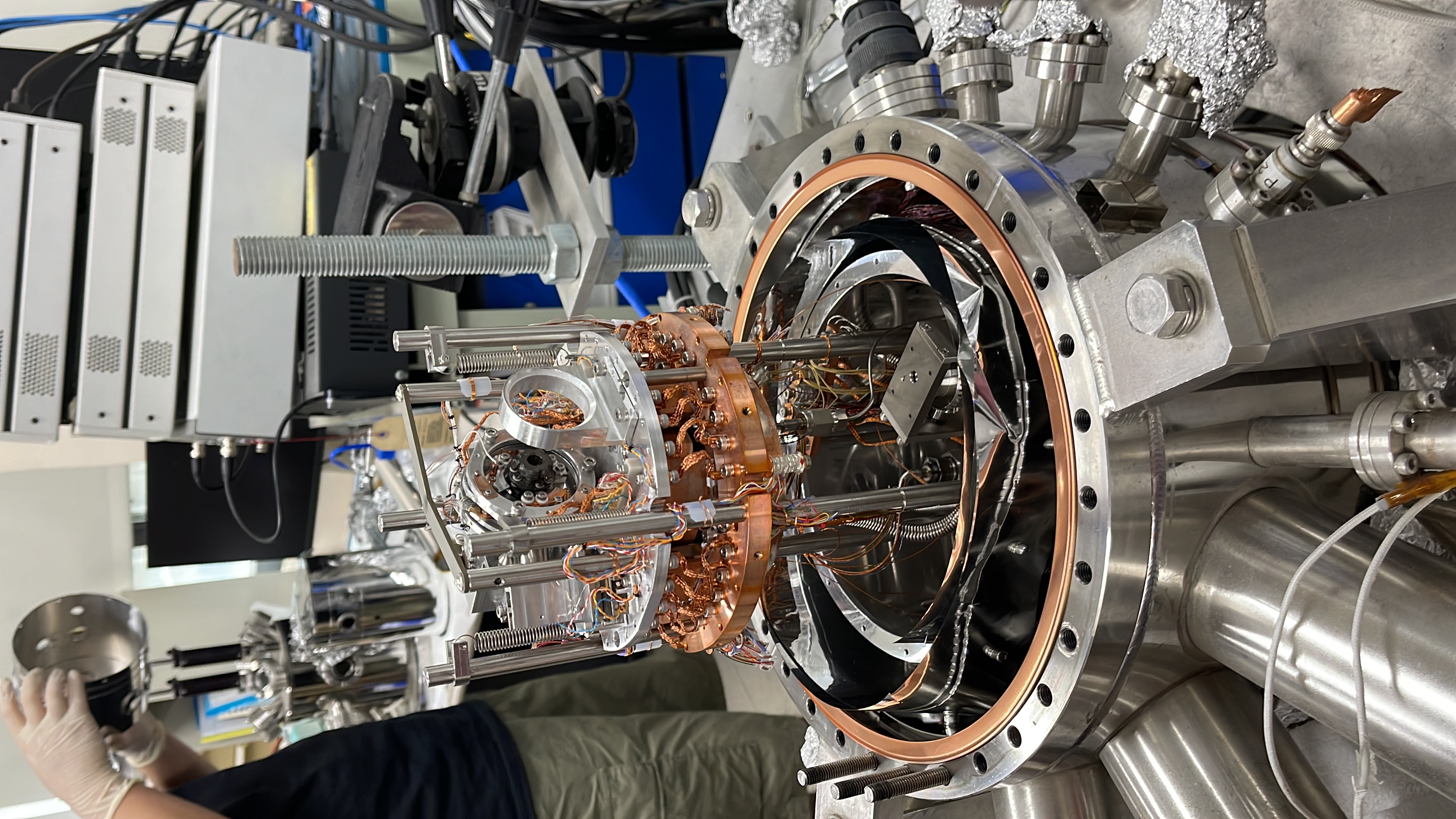
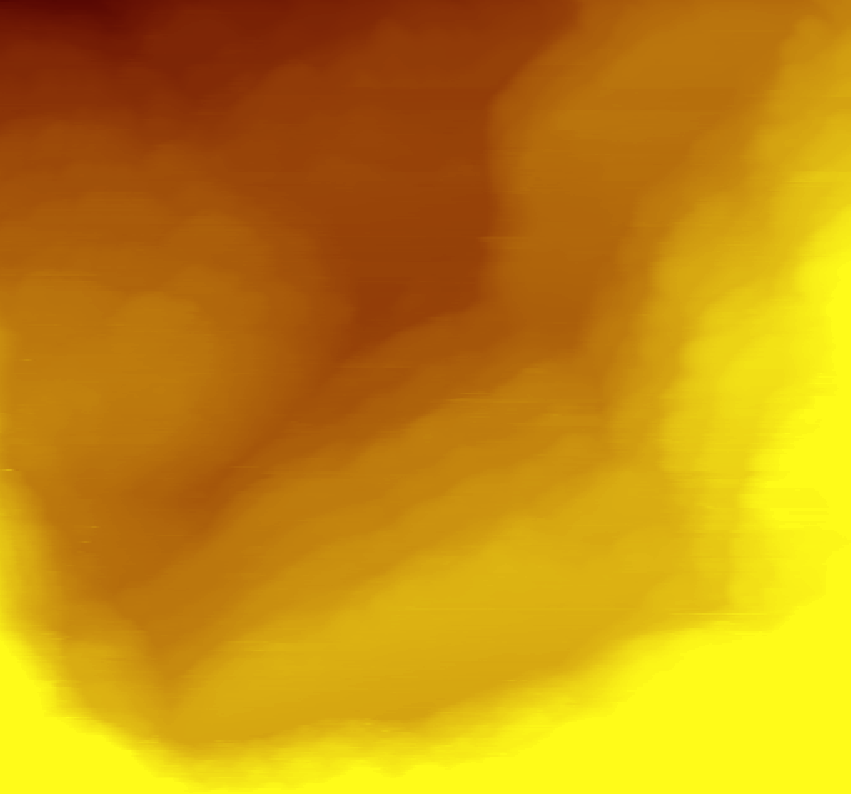
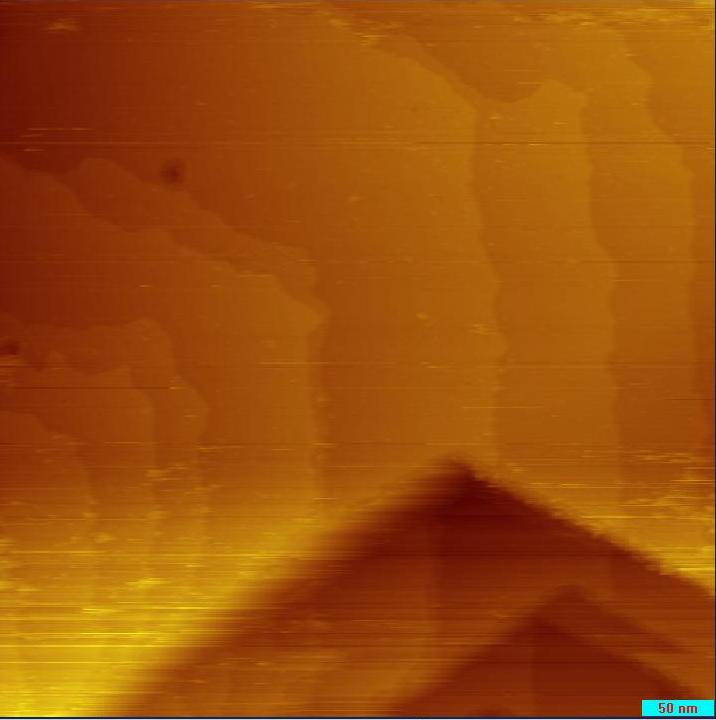
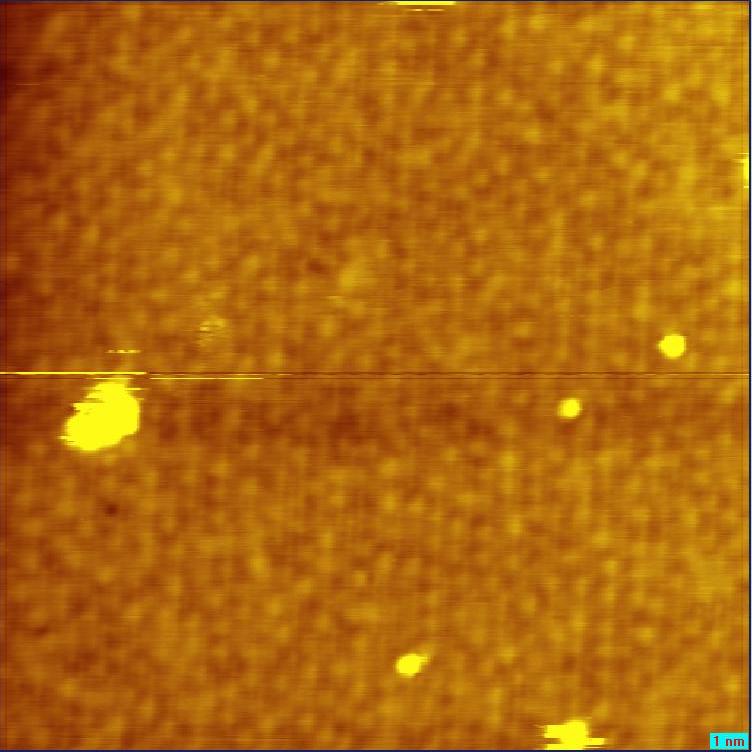

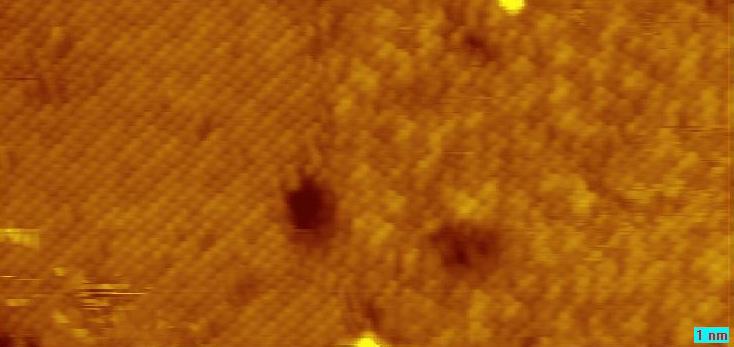
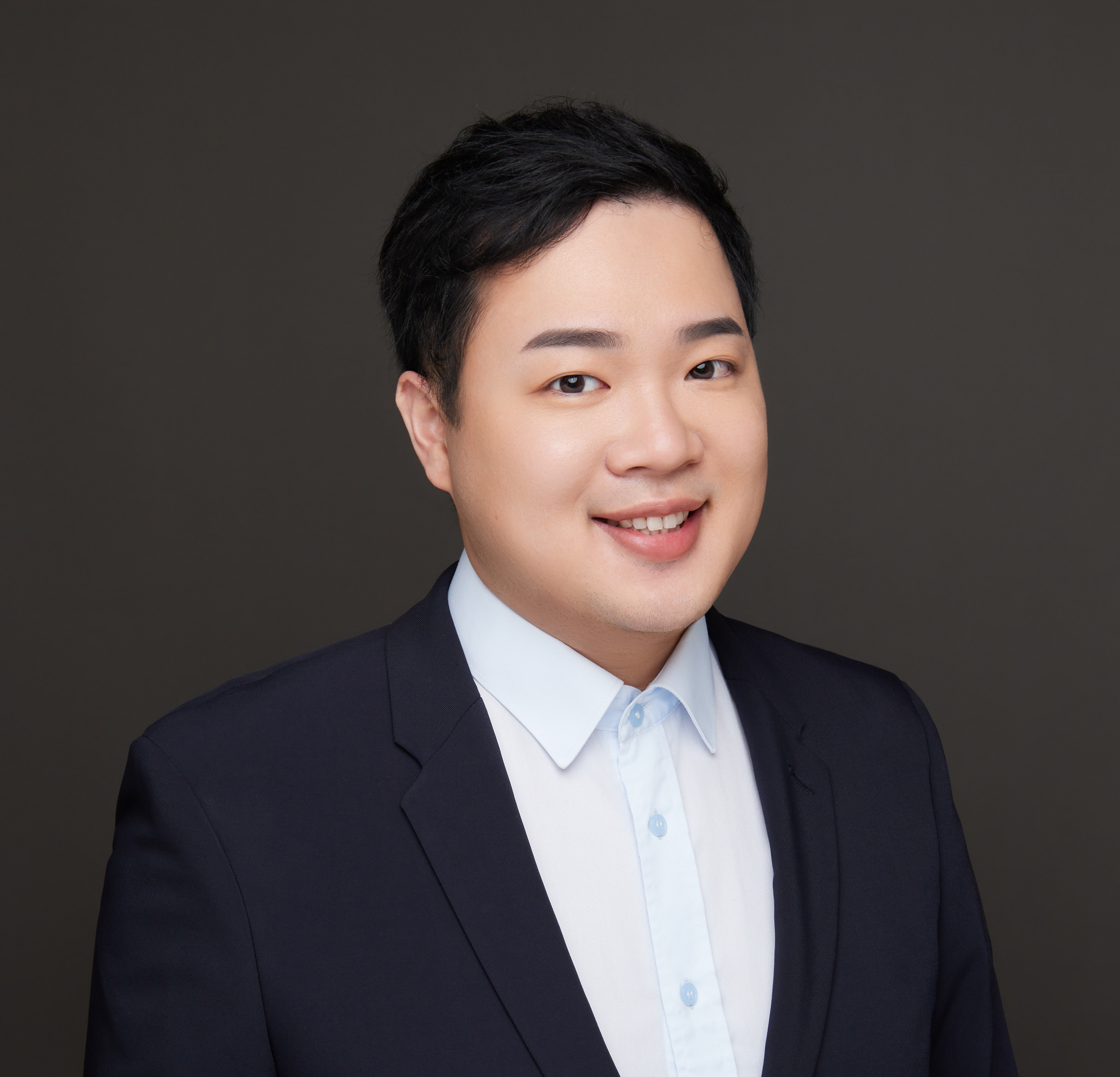 Peir-Ru Wang
Peir-Ru Wang